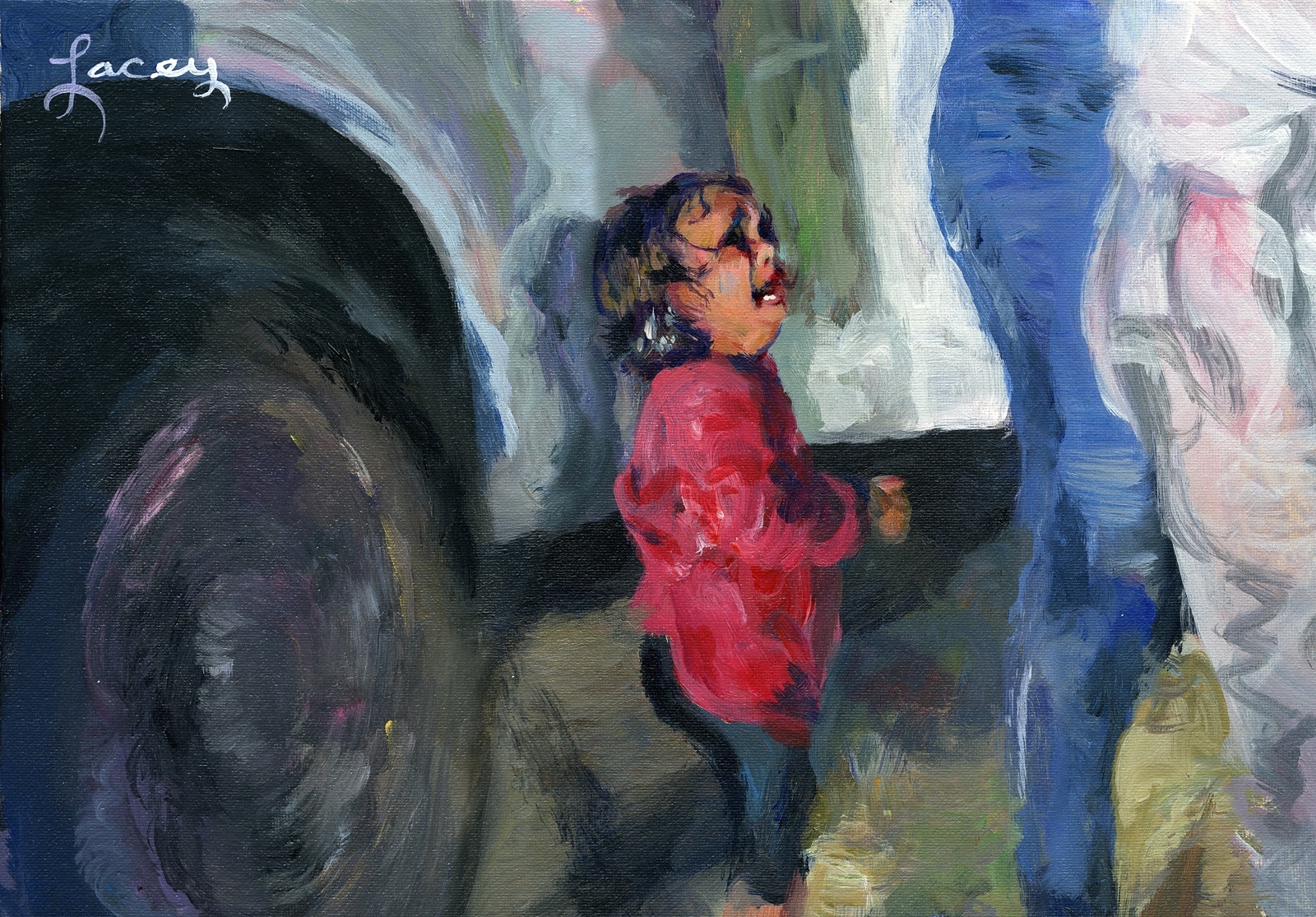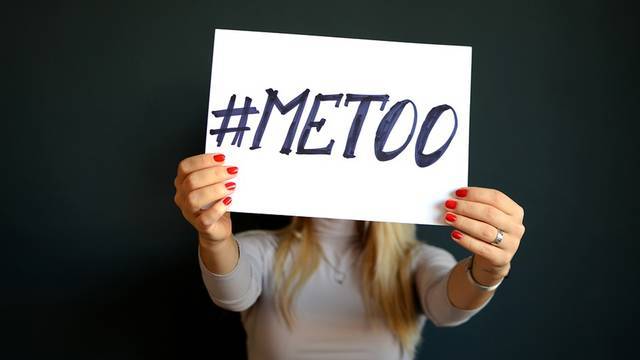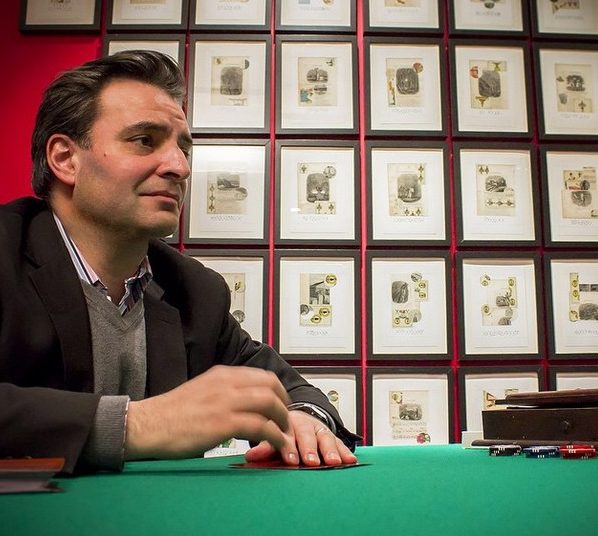
Children Languishing Behind Bars: A Grim Reality of Indian Prisons
By Vasudev Singh and Karan Trehan, students of law in India at RML National Law University and NALSAR University of Law, respectively.
A recent revelation by the Government of India concerns the condition of children residing in prisons with their mothers and raises an important question regarding the basic human rights guaranteed to these children. As of 2015, Indian prisons accommodate some 419,623 prisoners (including pre-trial detainees/remand prisoners). Out of them, 4.3 percent— or around 18,000— are women. Women who face trial or who are found guilty of a crime are allowed to keep their children with them during their time in jail. Approximately 1,866 children lived in prison with their mothers at the end of 2015, according to prison statistics.
According to the Indian constitution, the state governments are assigned to the administration and management of prisons. This means that the state governments can make prison laws according to their own discretion and requirements. However, these state powers remain subject to other centrally-enacted laws such as the Prisons Act, 1894. As a result,...









